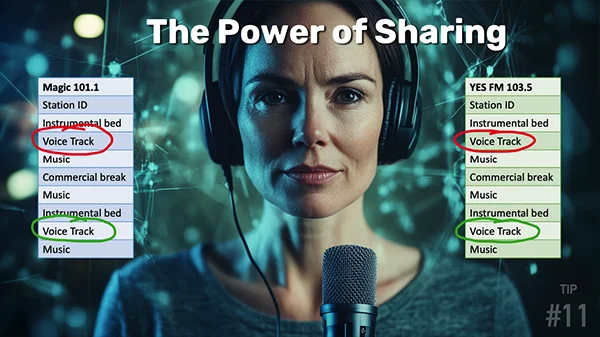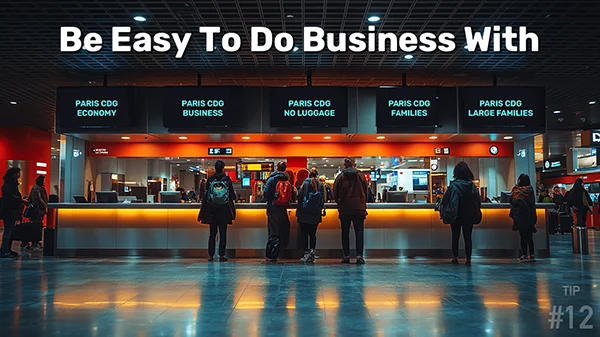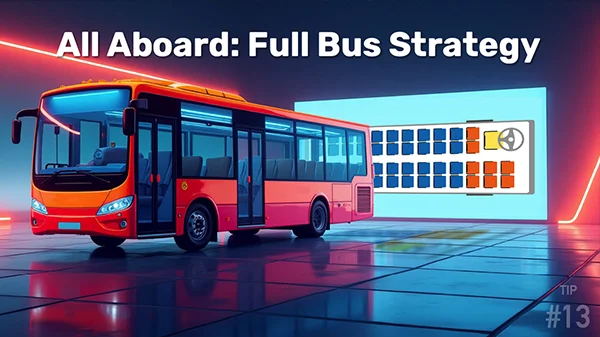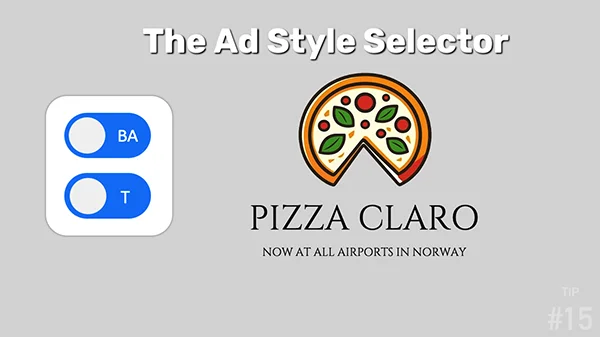Tip #11: The Power of Sharing

By voice tracking the announcements five minutes prior to broadcasting, she hosts a live show on a network of local radio stations nationwide, with no extra software or hardware costs. A shared playlist and dry voice intros, file-synced via a free service, transform any playout into a powerful remote voice tracking platform. The possibilities are endless - one presenter for 20 stations, or a joint New Year's Eve show with 20 presenters from different cities. Either way, your radio product gains great added value.
Next tip: Be Easy To Do Business With




